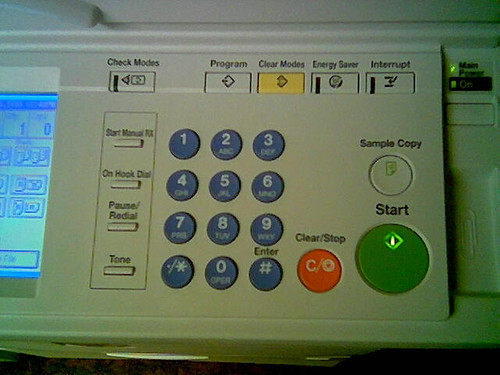Un-creative re-use of J. Chem. Inf. editorial
I was recently alerted by someone about chunks of text copied from an editorial by my colleague David Wild in the Journal of Cheminformatics [1] appearing in another article by Nutan Prakash and Dinta A. Gareja in the Journal of Proteomics and Bioinformatics [2]. While David’s article is cited as a reference, those larger chunks of text are clearly not identified as being his words.
A closer investigation reveals that large chunks of text [2] are copied from other sources. The introduction is copied from the Wikipedia article on Cheminformatics as well as from an article by Aktar and Murmu and one by Karthikeyan and Krishnan. The latter is cited but the first two sources are not. Generally, citations for these questionable cases appear only as references at the end of the text and are not marked in the text.
It is a common misconception that text from wikipedia can be freely abused. The license says:
Re-use of text:
- Attribution: To re-distribute a text page in any form, provide credit to the authors either by including a) a hyperlink (where possible) or URL to the page or pages you are re-using, b) a hyperlink (where possible) or URL to an alternative, stable online copy which is freely accessible, which conforms with the license, and which provides credit to the authors in a manner equivalent to the credit given on this website, or c) a list of all authors.
Although David’s original article is cited and therefore I think formally the original license was not violated, this somehow feels a little disturbing and I would appreciate your comments on this.
In my opinion, this text [2] is clearly a patch-work of unaltered text from other sources without original contributions from the authors and should not have been published.
References:
[1] David J Wild, Grand challenges for cheminformatics, Journal of Cheminformatics 2009, 1:1
[2] Prakash N, Gareja DA (2010) Cheminformatics. J Proteomics Bioinform 3: 249-252.
Categorised as: Publishing

Hej Chris, while indeed not very creative, I think the authors have done what the license in fact promotes: reuse and redistribution. The JChemInf’s license is a Creative Commons license which is designed to allow remixing, and they, as you did observe, do comply with the license terms, including the attribution clause.
Now, you could argue that they should have listed what reused parts came from which sources, but then again, I do not feel that that is expected in a paper. Indeed, you would not do that in a remix of music either.
So, with respect to the JChemInf editorial, they are acting as expected, and we should be happy about their approach.
Regarding the use of Wikipedia content, I think it is interesting to consider that that Creative Commons license includes the share-alike clause, unlike the JChemInf’s used CC license. At the time of writing, I am not sure how to interpret the CC-SA licensing terms, which writes that the remix must be licensed under the same or similar license. Now, the journal this remix was published in uses the same license as JChemInf (CC-BY) and I expect that it falls under the ‘similar’ category.
All in all, in terms of licensing, it seems to me they are doing just what we want them to do. In terms of science, I guess the journal does not have a really high threshold for expected novelty.
True. As I pointed out I think the license has not been violated but certainly this is again good scientific practice 🙂
Did you get any further comments?